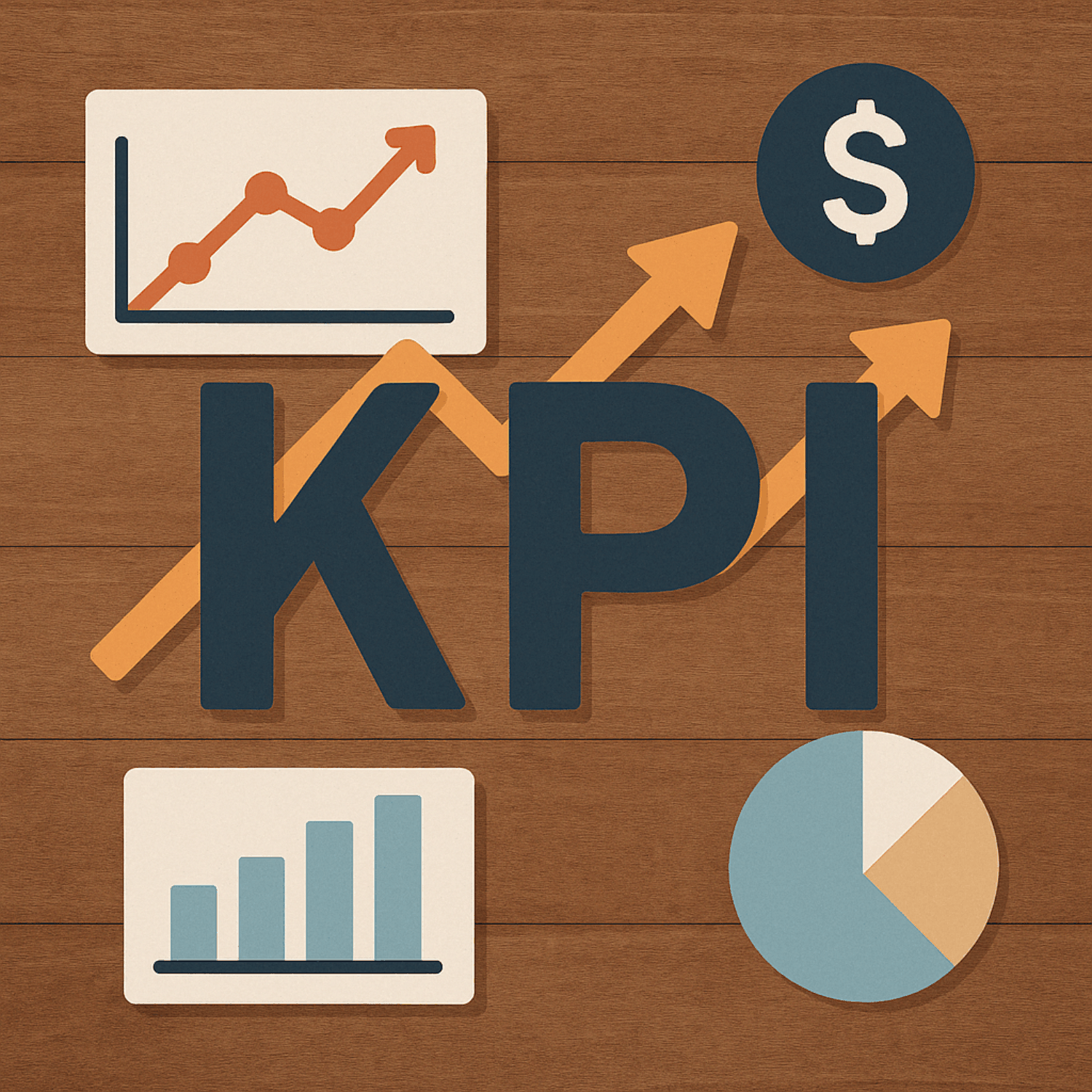Blog

April 17, 2025
Why Most Auctioneers Don’t Track KPIs Like “Lots Per Hour” or “Cost Per Lot” — And Why They Should
In many industries, KPIs (Key Performance Indicators) are essential tools for measuring productivity and profitability. But in the auction world, metrics like “lots per hour” or “cost per lot” are rarely discussed—let alone tracked. Why?
The answer lies in tradition, time constraints, and the nature of the business.
Auctioneers have historically focused on the end result: Did the sale happen? Did the seller get paid? Did the buyer show up? If yes, then the event was considered a success. The process leading to that outcome—cataloging, photography, marketing—has often been treated as a necessary evil rather than something to measure and optimize.
On top of that, many auctioneers wear every hat in the business. When you're juggling sales, setup, marketing, and clerking, who has time to crunch numbers? Tracking KPIs can feel like one more task on an already overwhelming list.
But here’s the truth: not tracking performance means leaving money on the table.
But here’s the truth: not tracking performance means leaving money on the table.
When you don’t know how long it takes to catalog a sale, you can’t quote timelines confidently. When you don’t know your cost per lot, you can’t price your services profitably. As competition grows and margins tighten, these “optional” metrics are becoming essential.
Auctioneers who start measuring now—how fast their team catalogs, what it costs to prep each lot, how much time is lost to inefficiency—will have a huge advantage. They'll streamline operations, improve profit margins, and win more deals.
The industry may be slow to adopt KPIs, but those who do will be the ones leading it forward.